In the mid-90s, Microsoft was riding high. Windows 95 was about to launch, and the company was cementing its place as a tech giant. But not everything Microsoft touched turned to gold. One of its most obscure and ultimately doomed projects was something called Microsoft Bob—a user interface designed to make computers more accessible by turning them into a sort of virtual home.
What Was Microsoft Bob? Launched in March 1995, Microsoft Bob was intended to simplify the Windows experience, especially for new users who found traditional operating systems intimidating. Instead of the usual desktop filled with icons and folders, Bob transformed your computer screen into a cartoonish living room. Here, you navigated your computer by interacting with everyday objects. For example, clicking on a desk might open a word processor, while a calendar on the wall would bring up a scheduling program.
Bob also introduced users to "helpers," which were cartoon characters that would guide you through various tasks. The most famous of these was a yellow dog named Rover, who later made a comeback as the search companion in Windows XP. The idea was to create a friendly, approachable interface that demystified computing for the average user.
The Reception Microsoft Bob was a well-intentioned product, but it was a colossal failure. First, the system requirements were steep for the time. Bob needed a computer with at least 8 MB of RAM—twice what most PCs had back then—and required Windows 3.1 or Windows 95 to run. This made it inaccessible to many users who might have benefitted from its simplicity.
Then there was the interface itself. While some found Bob charming, many users found it condescending and overly simplistic. The cartoonish design, which was supposed to make computers less intimidating, instead came off as childish and impractical. The virtual home was cumbersome to navigate, and the anthropomorphic helpers, intended to be endearing, were often more annoying than useful.
The tech press didn’t hold back either. Critics panned Bob as unnecessary and out of touch with what users actually wanted. It was seen as a step backward, a product that underestimated the ability of users to learn and adapt to more sophisticated interfaces.
The Legacy Microsoft Bob was quietly discontinued after only a year, and it quickly became a punchline in tech circles. Even within Microsoft, the project became an example of good intentions gone awry. However, Bob wasn’t a total loss. Some elements from the program did live on. As mentioned, Rover the dog reappeared in later versions of Windows, and the overall concept of user-friendly interfaces would be revisited and refined over the years.
But perhaps the most significant legacy of Microsoft Bob is its connection to one of the most famous tech figures of all time. Melinda French, who managed the development of Bob, later became Melinda Gates, co-founder of the Bill & Melinda Gates Foundation and one of the world’s leading philanthropists.
Why Did It Fail? Microsoft Bob failed for several reasons. The technical requirements were too high, the user interface was too simplistic, and the market just wasn’t ready for such a radical departure from the norm. It also highlighted a key lesson in software design: users don’t want to be talked down to. While making technology accessible is important, there’s a fine line between simplification and oversimplification, and Microsoft Bob fell squarely on the wrong side of that line.
Today, Microsoft Bob is remembered as one of the most infamous flops in tech history, a curious footnote in the rise of personal computing. It serves as a reminder that even the biggest companies can miss the mark and that the road to innovation is often paved with failures.

